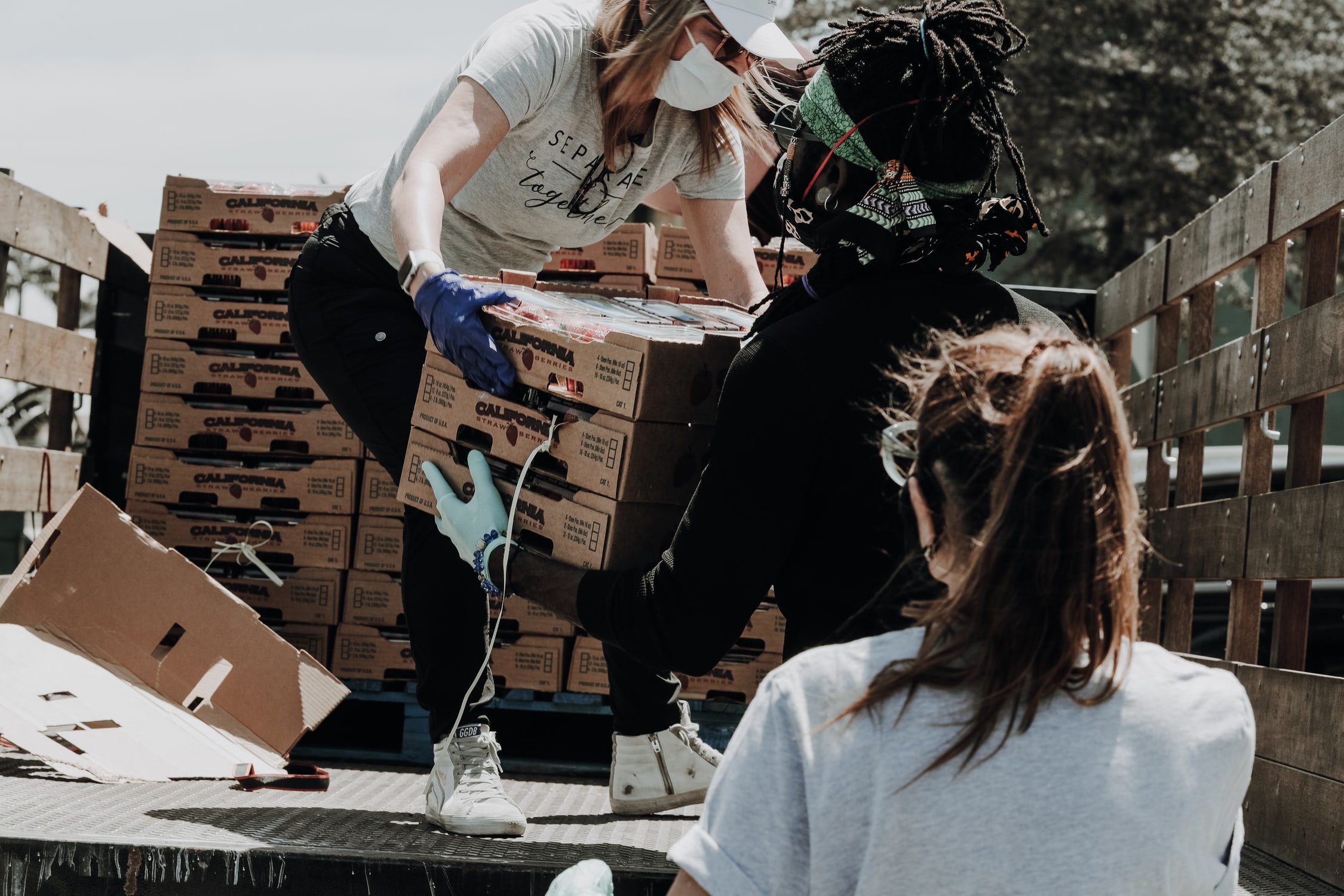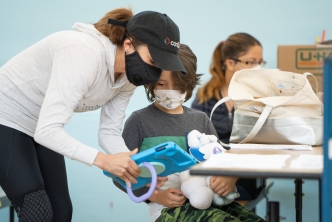
Question Everything
By Catherine Crystal Foster, CEO & Co-founder of Magnify Community. Originally published on Stanford PACS.
Sometimes the universe compels us to revisit our assumptions, motivations, and plans. This is surely one of those times.
If you established a Donor Advised Fund (DAF) or a foundation, at some point, you made the choice to dedicate significant sums to the public good, and to cede some control by irrevocably putting those funds in the public trust. You knew then that philanthropic dollars have unique utility as fast, flexible, risk capital that can flow where needed most and in ways that can offer models for governmental scaling. Whether through careful planning, trial and error, or default, you set a policy for spending those funds. But now, the good intentions and plans that shaped a spending policy in the “before times” may simply be inadequate in the face of the challenges before us.
For foundations, for example, the rigorous adherence to a 5% payout to preserve corpus indefinitely is often treated as gospel. But why? What if it were actually fine for a corpus to get smaller? What if being prepared for a “rainy day” to come turned out to be the limiting factor on truly transformative impact? What if dealing with today’s health and economic tsunami and tomorrow’s storm were not only good enough, but much better — even if that might mean the rainy day 50 years from now would need to be addressed by donors yet to come? After all, this country mints millionaires and billionaires at a remarkable clip. Today’s DAFs and foundations will hardly be the sole sources of tomorrow’s philanthropy.
This is the time for every foundation and philanthropist to truly question what payout policy actually makes sense for them, given the impact they have the capacity to make. There is no single correct answer, but in the face of unprecedented challenges and opportunities for transformative social innovation, it is wrong to fail to ask the questions.
While complete spend-down is one option, like Stupski Foundation or Whitman Institute, so is increased spending in the short and mid term. Look no further than the Libra Foundation’s doubling of its giving, or the Packard Foundation’s $5M commitment and more flexible grantmaking for COVID-19 and $100M for racial justice. And, of course, there are ways to grow your corpus and spend it, too—at more than 5%— as some philanthropic strategists and foundation leaders have explained.
On the DAF side, the calls for higher or faster payouts are nothing new, but what is new is the call from donors themselves, who are gathering energy and adherents among other donors for more vigorous action. San Francisco donors Jennifer and David Risher have launched the #HalfMyDAF movement, to spur DAF holders to spend down half their DAFs by the end of September 2020. They’ve sweetened the pot by matching $1.4M of the grants to nonprofits made by those making the #HalfMyDAF commitment. What’s notable is that this is structured as a network of DAF holders around the country who have publicly signed on, a number of whom have contributed to the matching funds. The Rishers aren’t building this movement with an established organization or big staff. This is donors organizing collaborative giving, and that is not something we’ve seen enough of in philanthropy before.
At the same time, some of the Patriotic Millionaires are advocating for individuals, families, DAFs, and private foundations to make the Crisis Charitable Commitment, which sets a standard floor for charitable donations, including a 10% payout for DAFs, and payouts of 6-10% of foundation assets (based on the size of the assets). This is another change-from-within, peer-to-peer effort that’s a product of these unprecedented times.
Just within the confines of Silicon Valley, we have seen a remarkable upswell not only of giving, but of peer connections among donors who recognize that in these extraordinary days, they need new ideas, allies, and examples so that they can use their philanthropic assets to meet the explosion of needs around them. Many are giving much more, more quickly, and in different ways than before.
At a moment like this, when a health crisis, an economic crisis, and a racial justice crisis are all converging with shocking force, many donors – and the nonprofits they support – are asking, “if not now, when?” If you hold a DAF or fund a foundation, are you prepared to answer that question? If this moment doesn’t trigger more spending, faster spending, or bolder spending, what do your triggers look like, and why? If you are reserving funds and decision making for the next generation, what lessons do you want that generation to learn from the actions you are taking—or declining to take—today?
This moment is the ultimate pressure-test of every philanthropist’s assumptions. It is time to ask yourself the hard but vital questions that will enable you to achieve the full potential of your philanthropy. There’s no day like today to meet crisis with courageous generosity.


